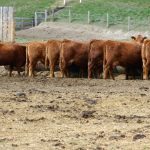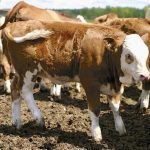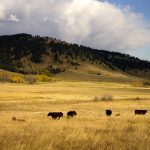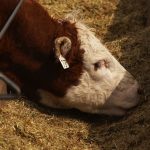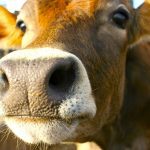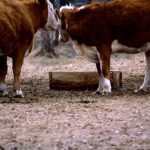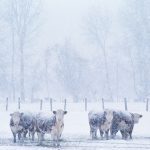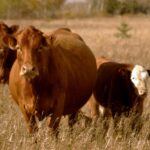This is a time of year when cattle feeders — particularly cow-calf operators and those backgrounding calves — attempt to purchase byproduct feeds to supplement homegrown forage supplies. Typically, one looks for low-cost ingredients that can serve as supplemental sources of energy and protein. In some cases, brokers are involved with the search while in […] Read more



